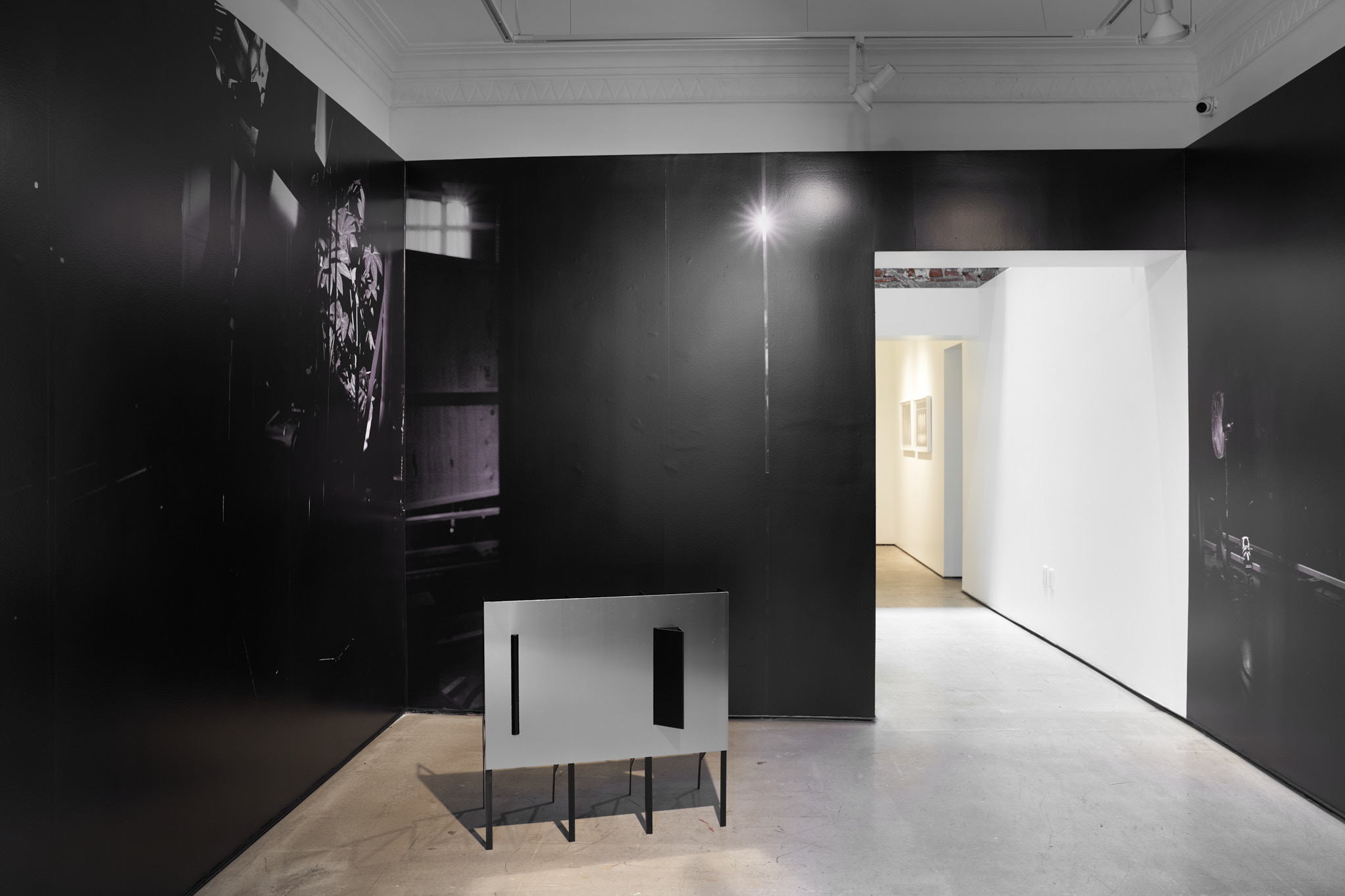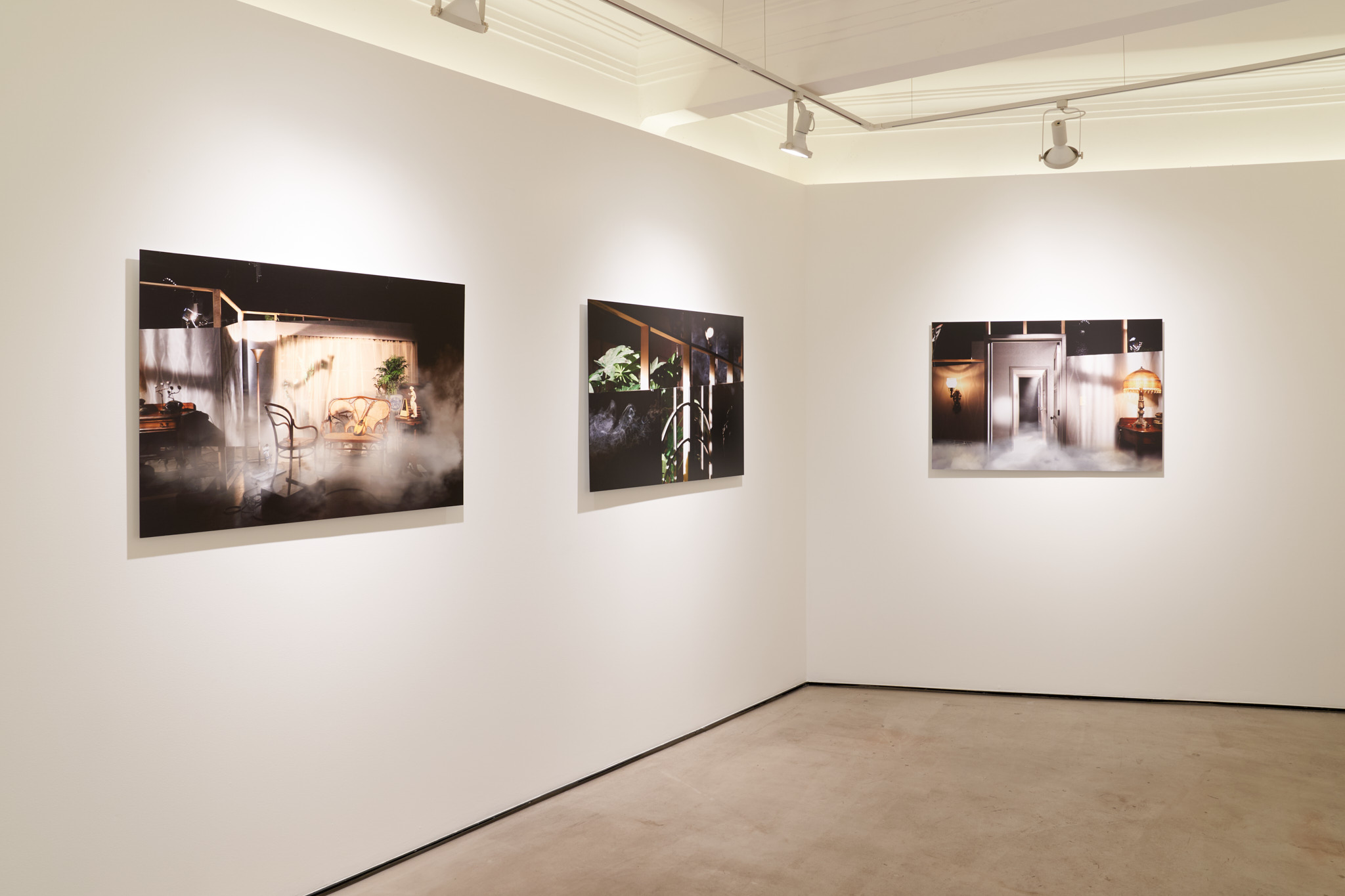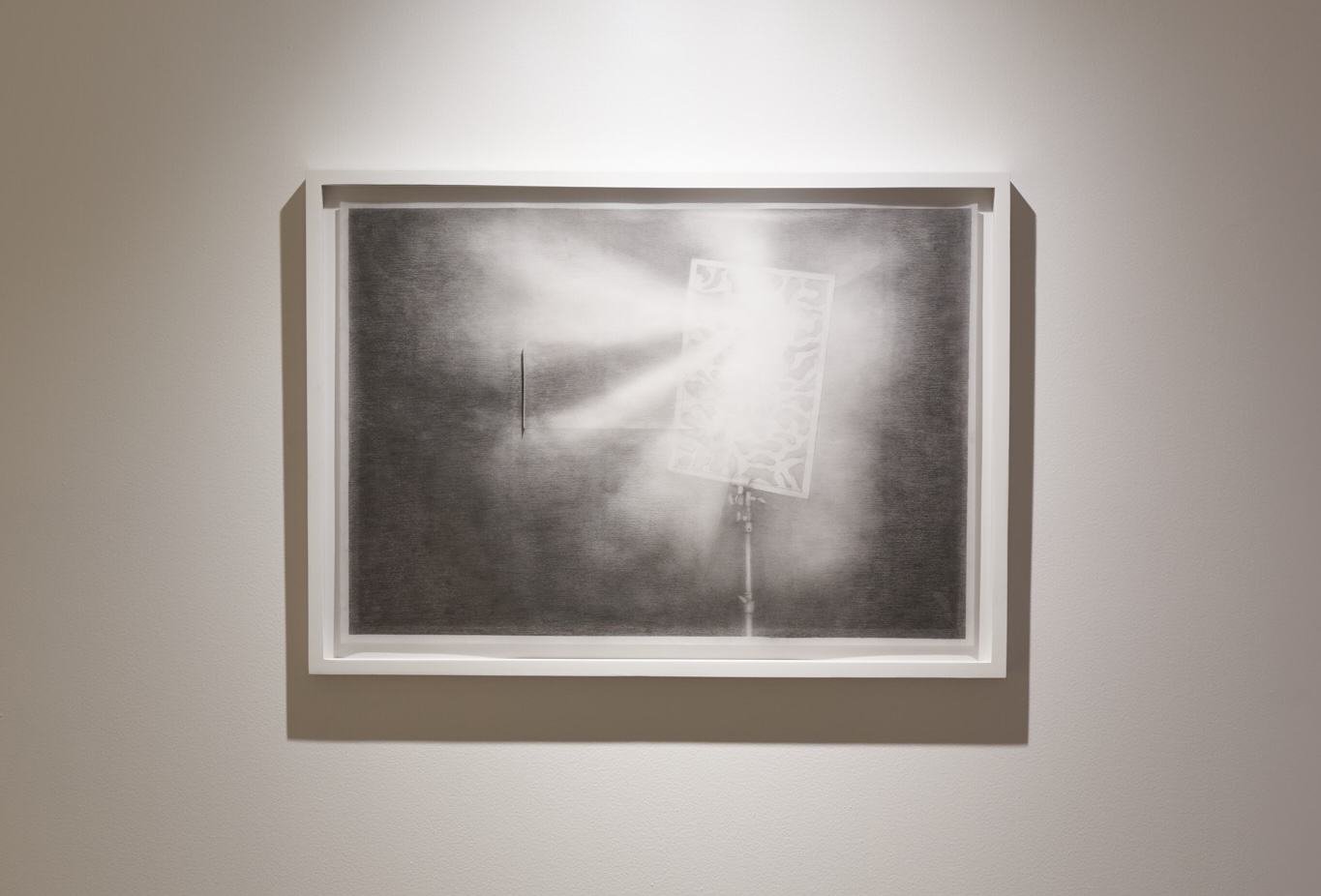
Review
Marlene's Kiss. On "Retratos de una escena incompleta" by Fabiola Torres-Alzaga at La Nao
by Mariel Vela
Reading time
3 min
Greta Garbo memorizes the room where she’s spent days locked away with the character played by John Gilbert. She eats grapes, leaning sensually against the castle’s pillars, distracted. The film Queen Christina (1933) pays particular attention to subtly insinuating the queen's sexual identity. It's said that she used to wear men's clothes, had a strong voice, masculine features, and showed no interest in marriage. Beyond being dressed like a prince, it’s Greta Garbo’s attitude—her affairs, the way she moves—that embodies the spirit of a time just before the strict enforcement of the Hays Code, which came into effect a year later.

The Hays Code, also known as the Hollywood Production Code, was a set of rules that regulated the content of films in the United States from 1934 to 1968. It emerged in response to concerns over the perceived growing immorality in cinema at the time, as well as the scandals and tabloid culture that were starting to rise. It was drafted in 1930 by Will H. Hays, president of the Motion Picture Producers and Distributors of America (MPPDA), but wasn’t strictly enforced until 1934. The exhibition Retratos de una escena incompleta [Portraits of an Incomplete Scene] places us in this historical moment. Through her work, Fabiola Torres-Alzaga creates a series of stagings that articulate this hiatus in cinema history: she directs our gaze toward those spaces where the undersides of an era await places where sensations of risk and stillness coexist.

Upon entering the exhibition, the first piece we encounter is a metal and aluminum structure titled Pantalla (sombras trémulas) [Screen (trembling shadows)]. The title imbues the screen with movement, not through images, but as a negative space where another kind of montage is negotiated, one that is more spectral and translucent. The screen can be a place where historical time folds, and fiction becomes archive. In the piece Fantasmas en el borde [Ghosts at the Edge], something similar happens: the stage set puts the edge of that small scaffold under tension, where the ghosts hinted at by the title seem to peer over. Cinema also resides in these spaces and their materiality—the smoke that lingers on set, the lumens, the fold on a curtain.

To reveal cinema’s artifices is to show what remains hidden. But what is the purpose of this unveiling? The piece Guiños de la cuarta pared (Follaje) [Hints from the Fourth Wall (Foliage)], made of graphite on paper, features an incision that is barely visible. Fabiola has drawn a lighting effect that casts shadows, simulating foliage. There is something profoundly sensual in this strategy, even more so than if it were real ferns. The revelation of this mystery, the honest portrayal of the illusory, makes the foliage seem more natural than nature itself, more lush than if it were a real plant. It’s like the kiss Marlene Dietrich offers a female spectator in the 1930 film Morocco—so pure and innocent that it suggests something other, making us an accomplice.
Translated to English by Luis Sokol
Published on September 21 2024